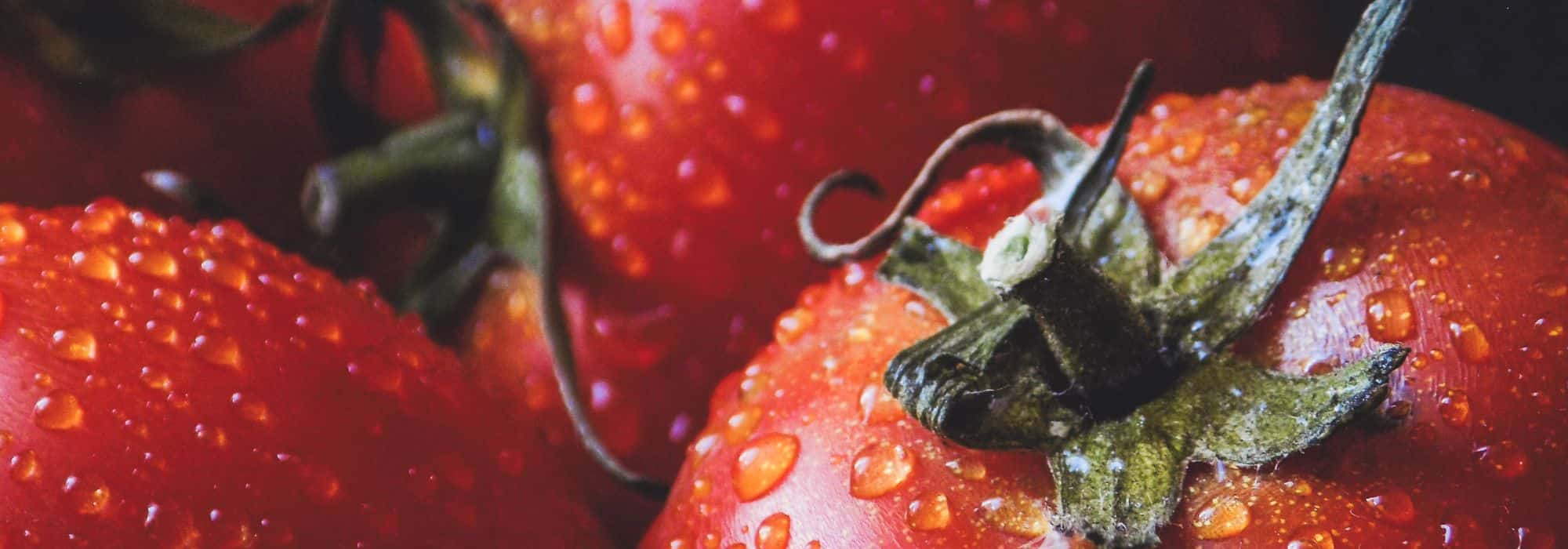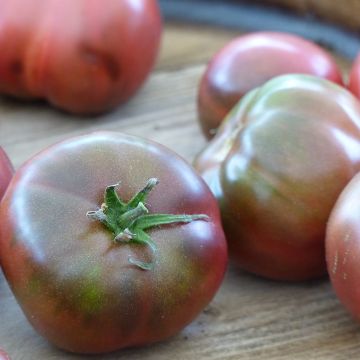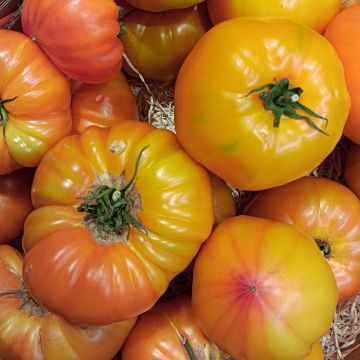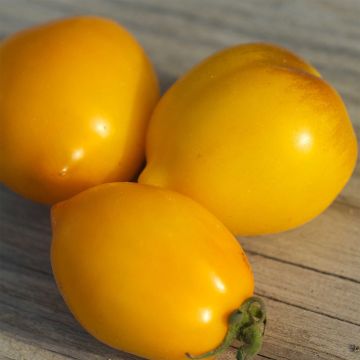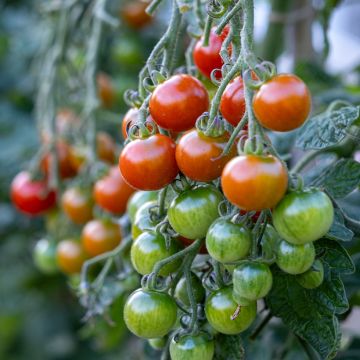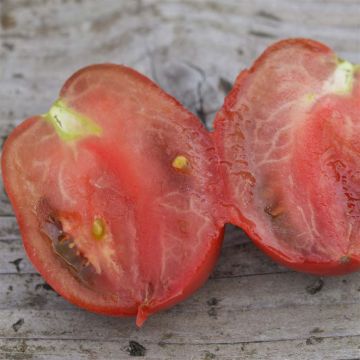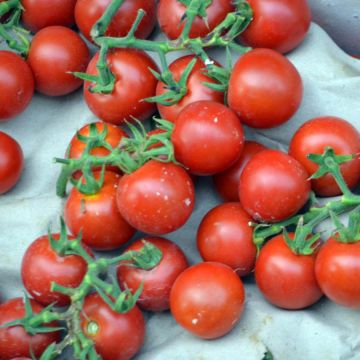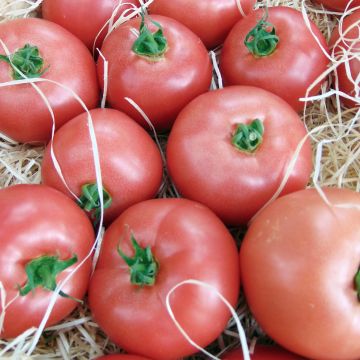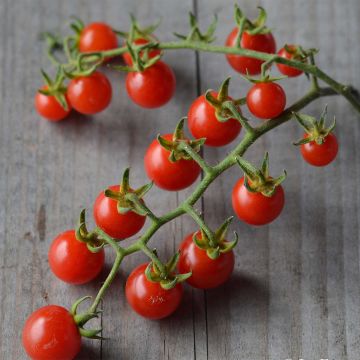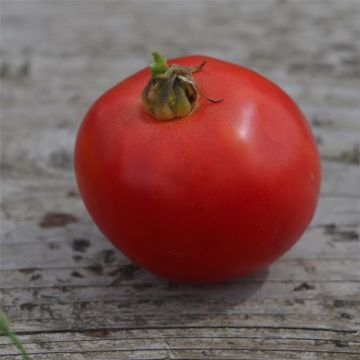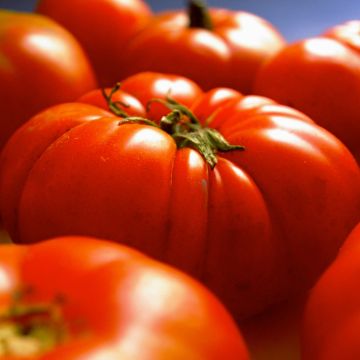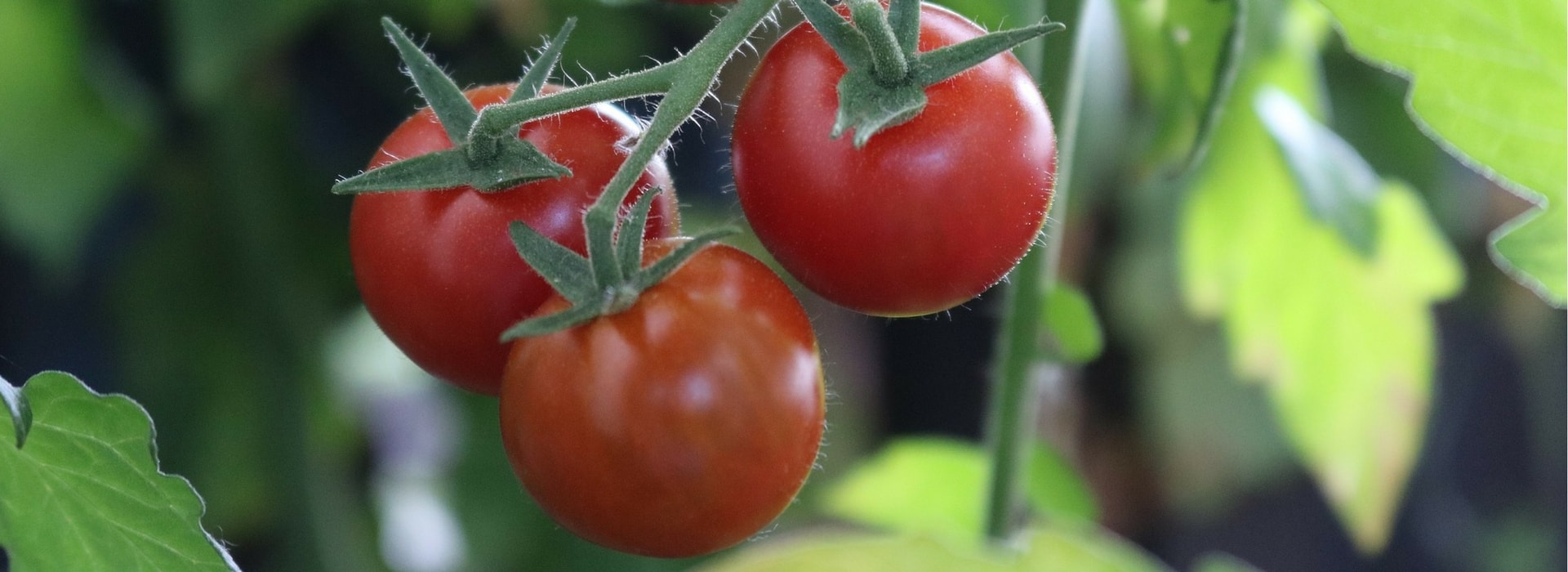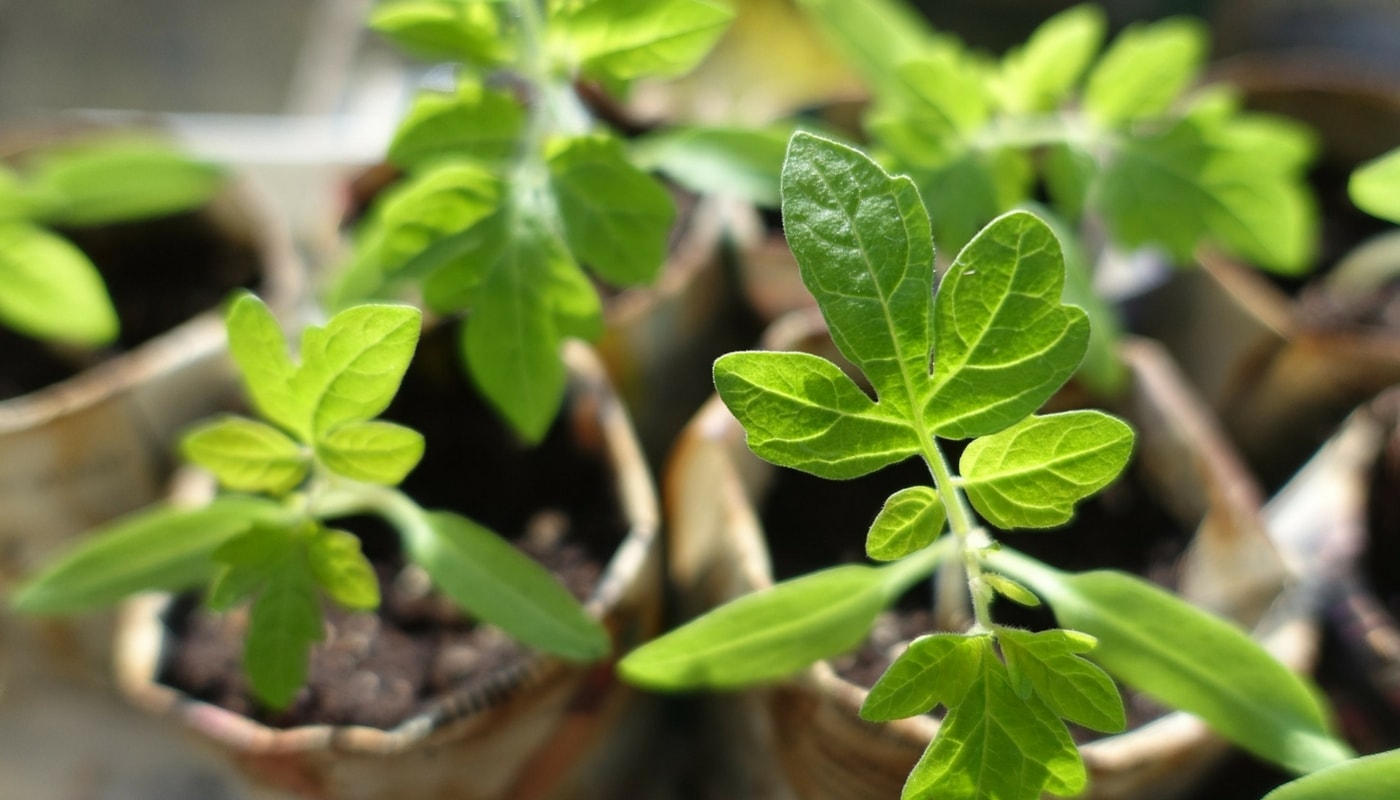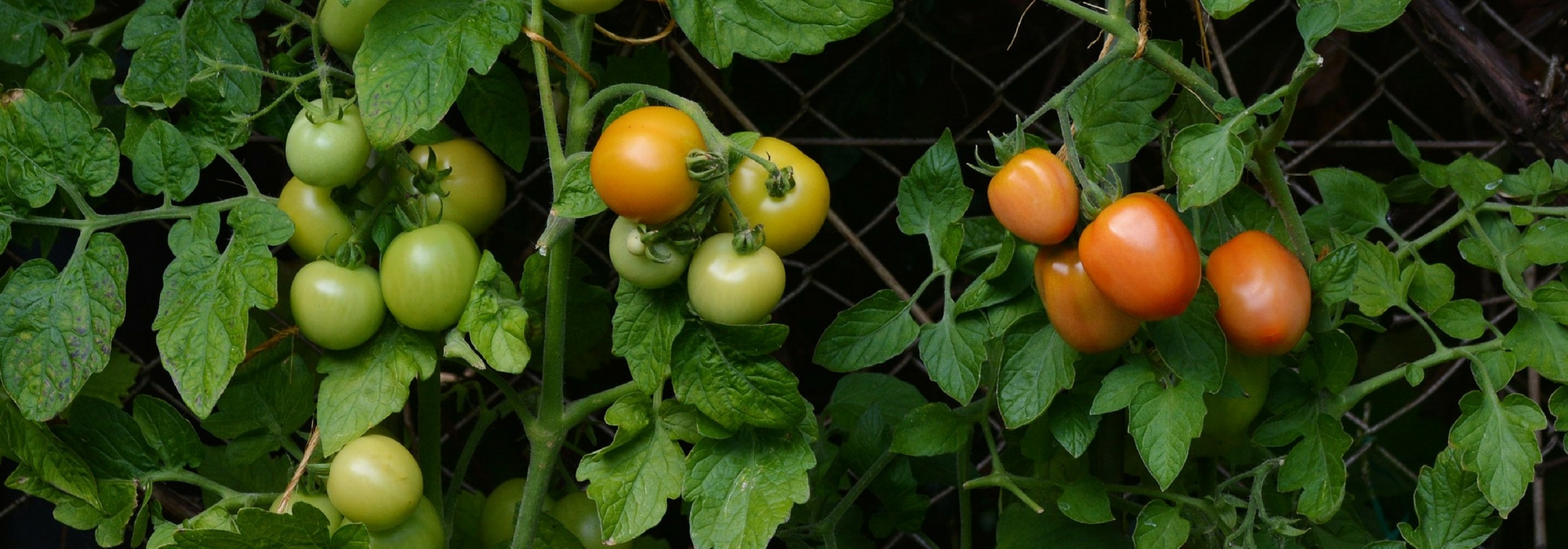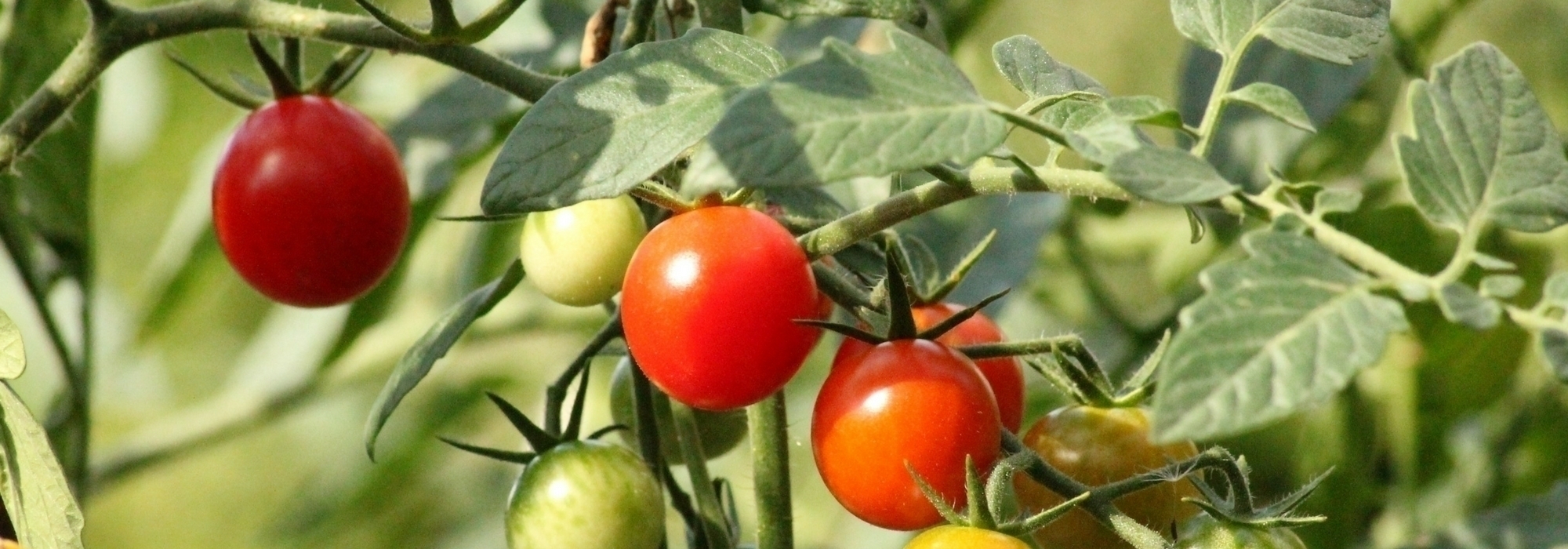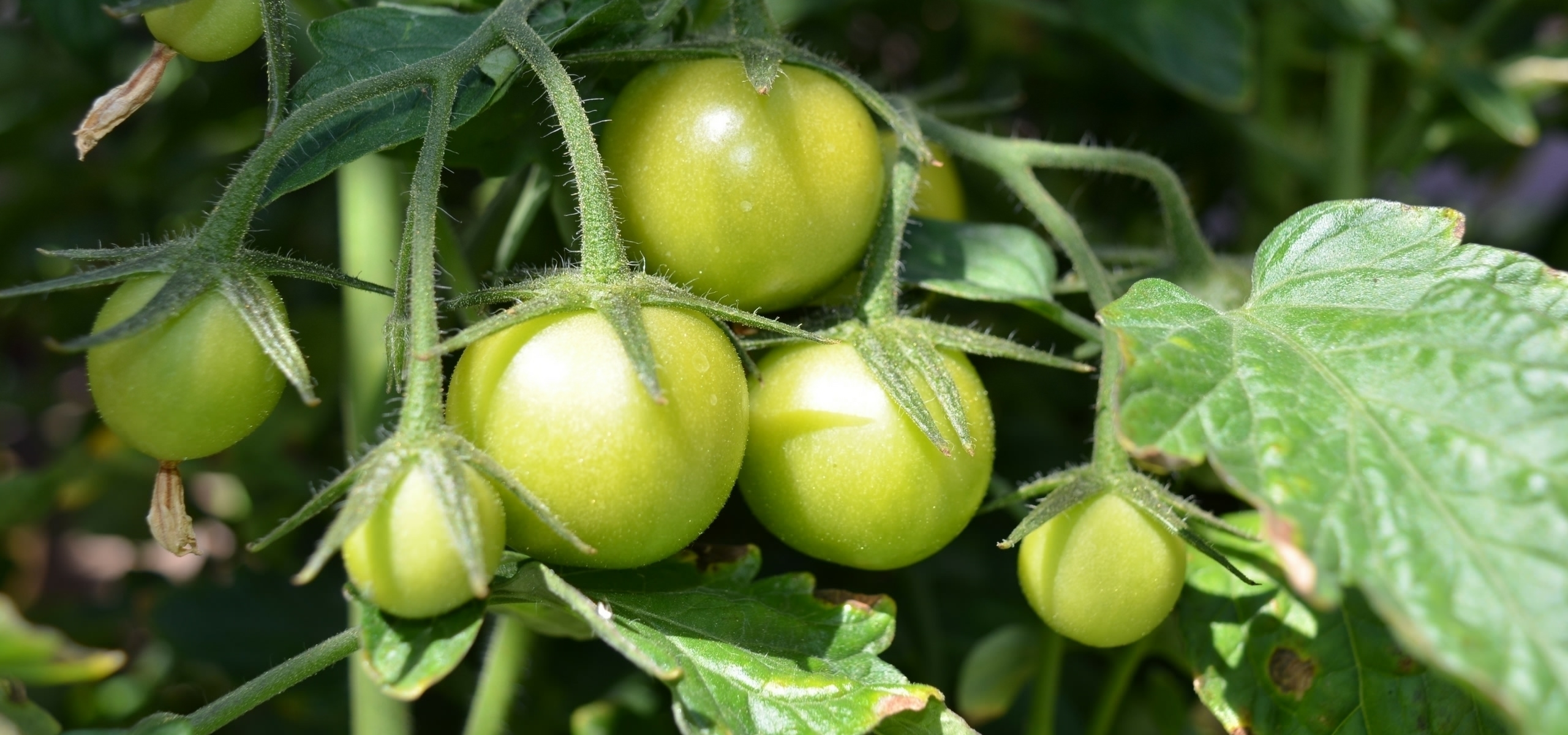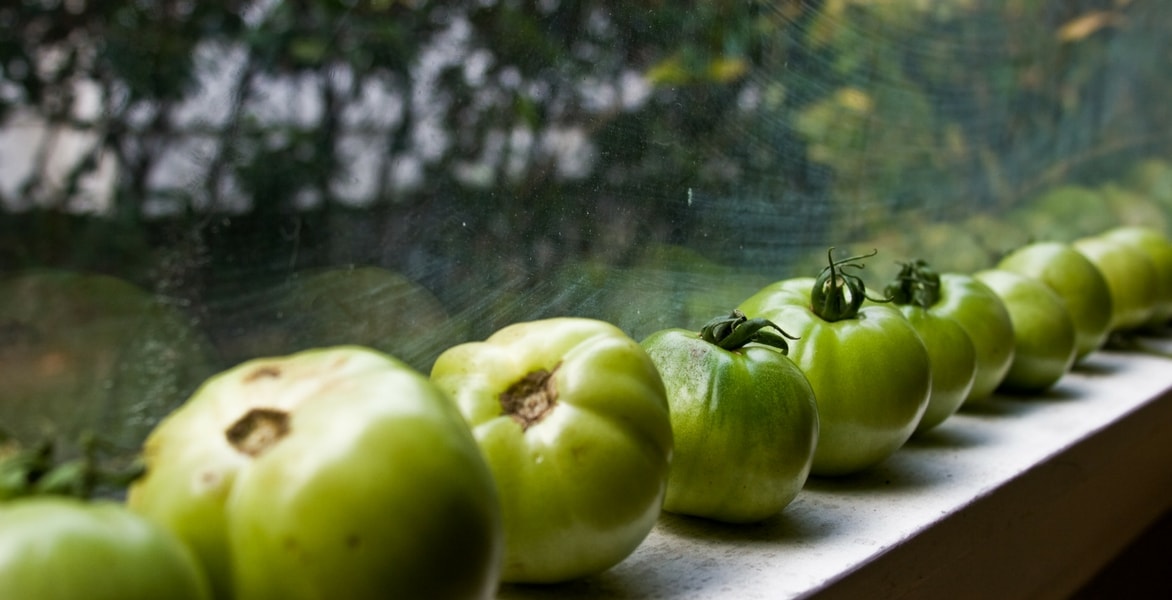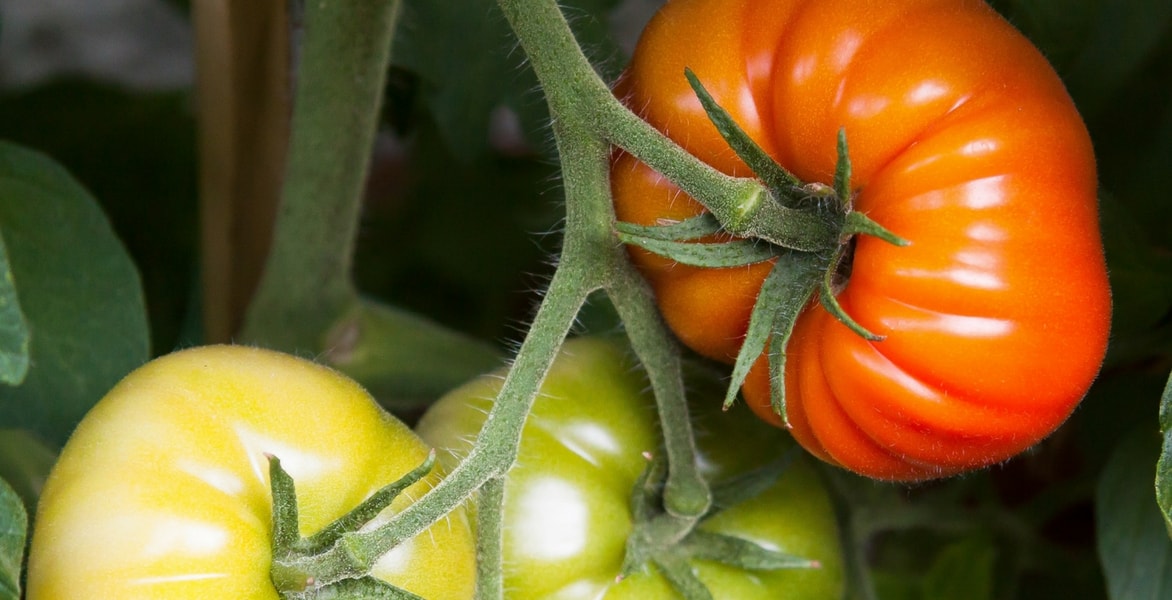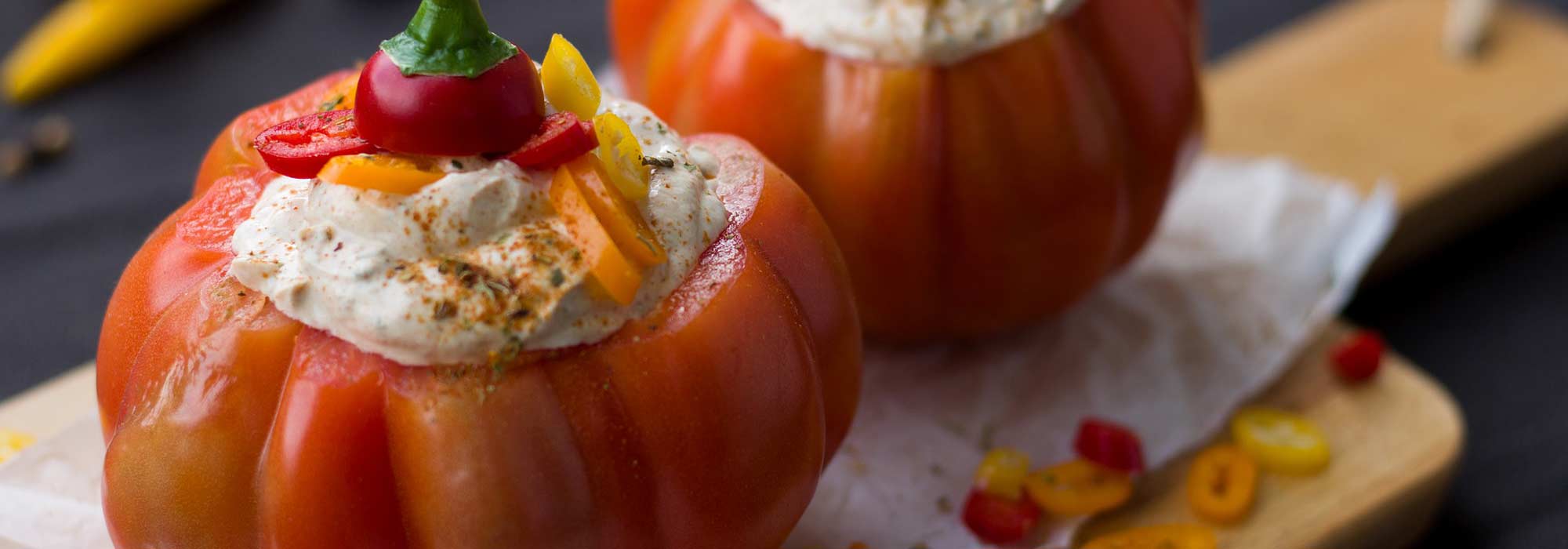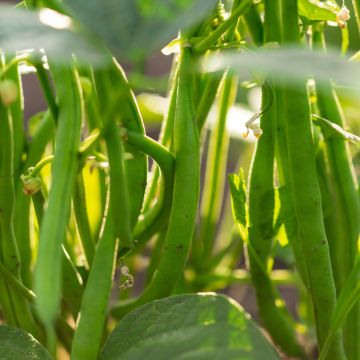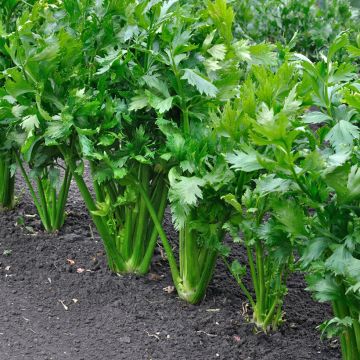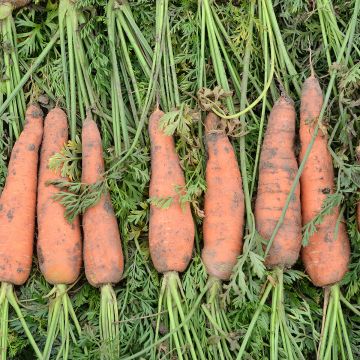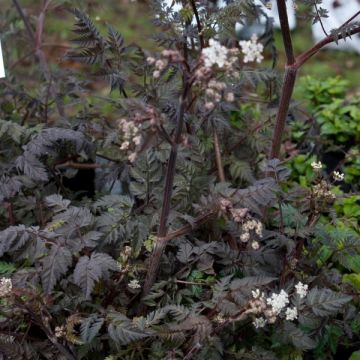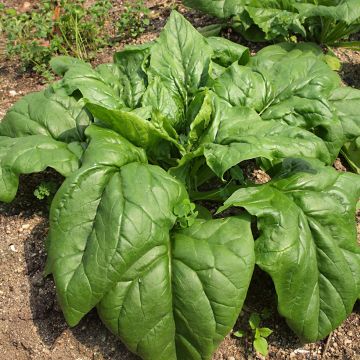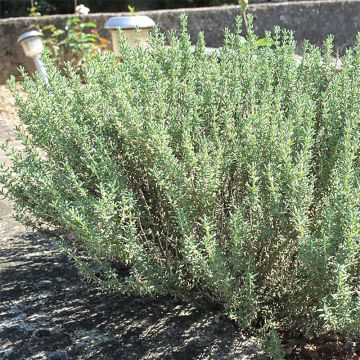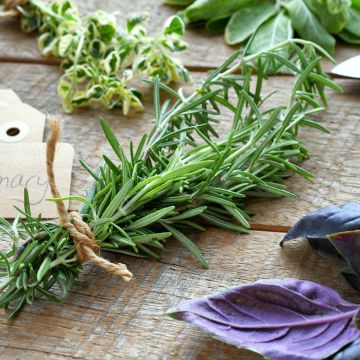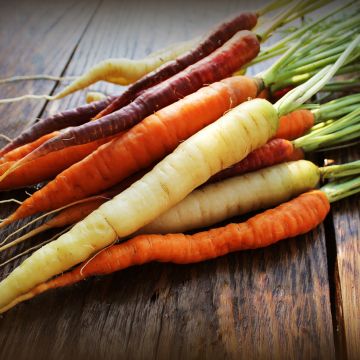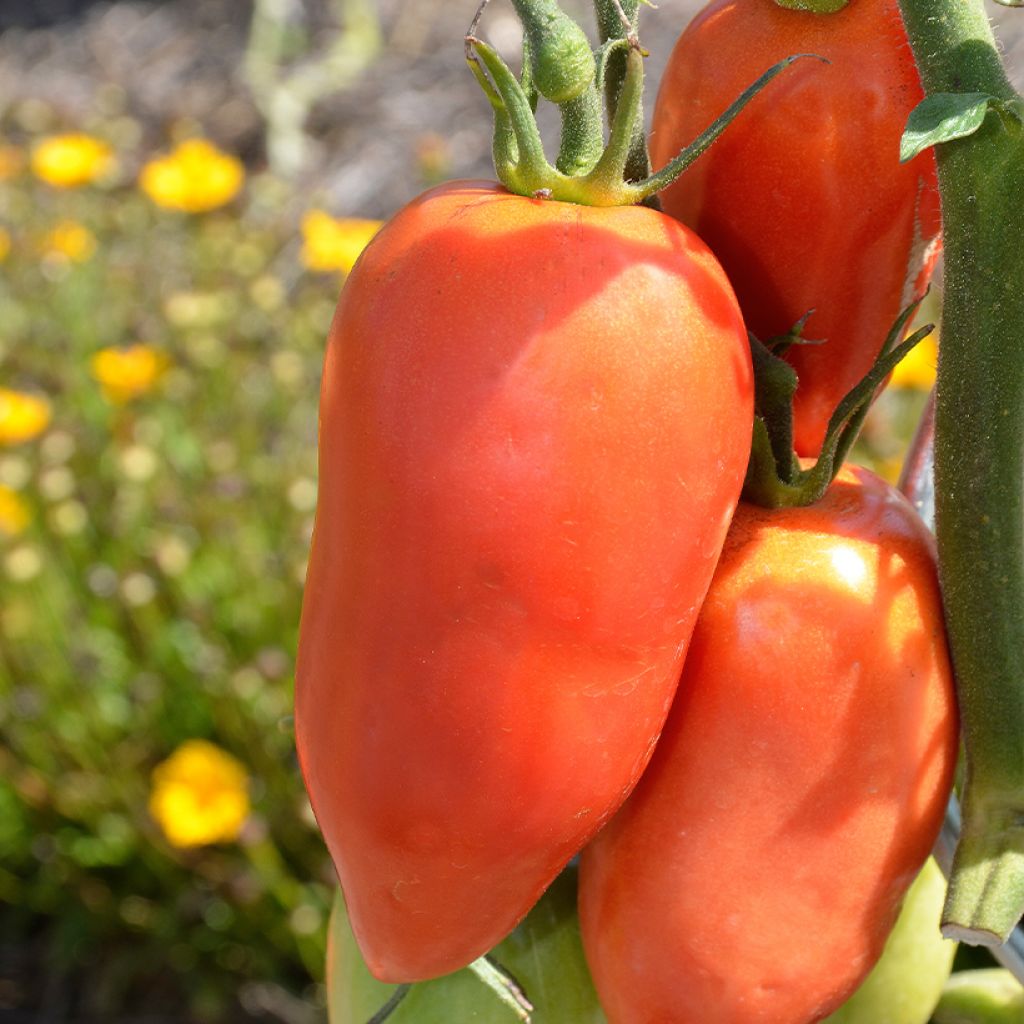

Tomato Cornue des Andes organic seeds
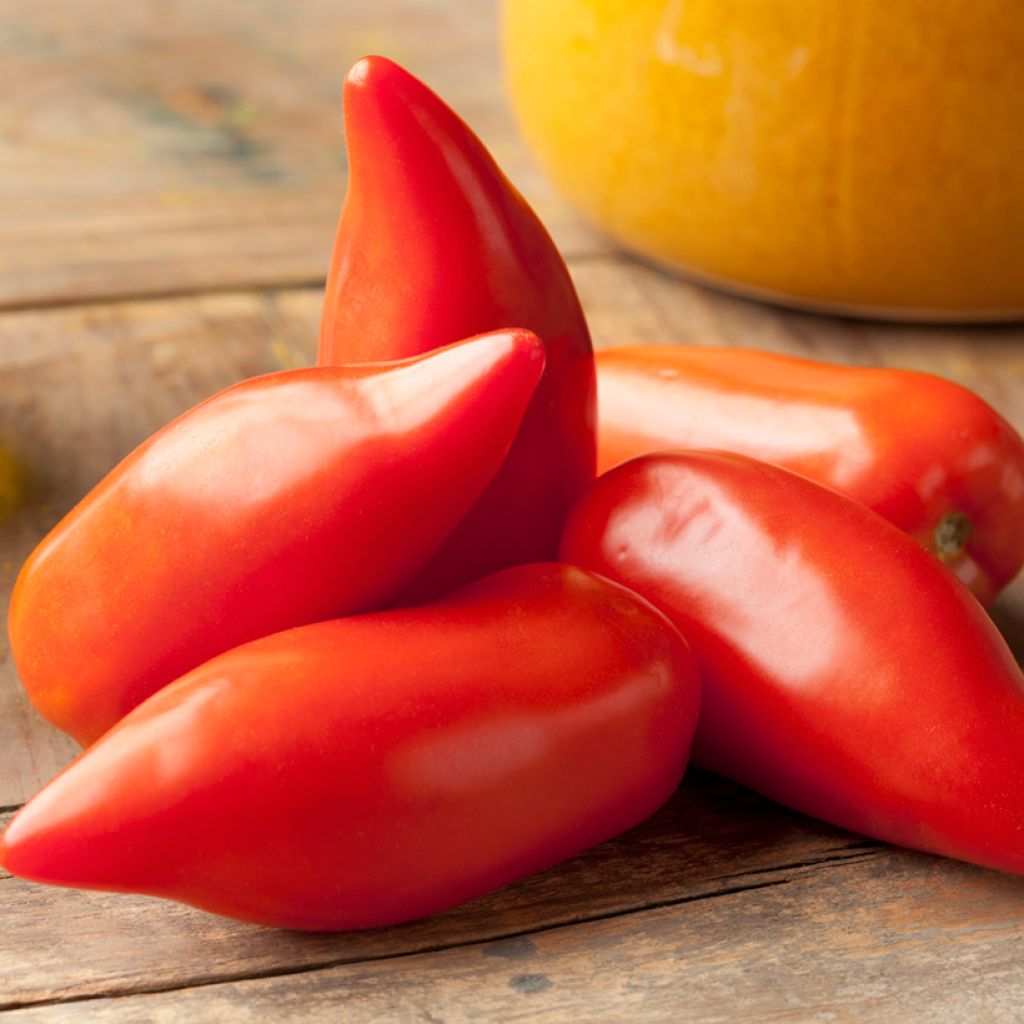

Tomato Cornue des Andes organic seeds
Tomato Cornue des Andes organic seeds
Solanum lycopersicum Cornue des Andes, Andine cornue
Love Apple, Sauce Tomato, Paste Tomato
Special offer!
Receive a €20 voucher for any order over €90 (excluding delivery costs, credit notes, and plastic-free options)!
1- Add your favorite plants to your cart.
2- Once you have reached €90, confirm your order (you can even choose the delivery date!).
3- As soon as your order is shipped, you will receive an email containing your voucher code, valid for 3 months (90 days).
Your voucher is unique and can only be used once, for any order with a minimum value of €20, excluding delivery costs.
Can be combined with other current offers, non-divisible and non-refundable.
Home or relay delivery (depending on size and destination)
Schedule delivery date,
and select date in basket
This plant carries a 6 months recovery warranty
More information
We guarantee the quality of our plants for a full growing cycle, and will replace at our expense any plant that fails to recover under normal climatic and planting conditions.
Description
Tomato 'Cornue des Andes' or 'Andine Cornue' is an old variety originating from South America, known for its elongated and pointed shape reminiscent of a pepper, its dense and not very juicy, almost seedless flesh, as well as its sweet and aromatic taste, without marked acidity. The fruits are bright red when ripe, measure between 10 and 15 cm long and weigh between 100 and 200 grams. In the kitchen, they are perfect in coulis and sauces, but also in summer salads or stuffed. Semi-late variety, to be sown from February to April and harvested from July to September.
Cornue des Andes is a variety that produces large stems and fairly heavy fruits, staking is essential. Side shoots (secondary shoots emerging between the main leaves) should be pinched out to promote fruit growth. Each plant produces clusters of 3 to 5 fruits, but the yield may be slightly lower than other more common varieties. Fruits generally ripen in 70 to 80 days after planting.
The tomato, originating from South and Central America, was cultivated by the Incas long before the arrival of the Conquistadors. Long considered toxic due to its resemblance to mandrake, it was only fully adopted in Europe in the 20th century. This solanaceous plant is perennial in tropical climates, but cultivated as an annual in our latitudes and offers an incredible diversity of shapes, sizes, and colours (red, yellow, green, even blue). Low in calories, rich in water, vitamin C, provitamin A, and lycopene, it is equally suitable for salads and sauces.
Tomatoes require warmth and sun to grow, but they can thrive in open ground or in containers on balconies, depending on the varieties. Harvest takes place 50 to 100 days after transplanting, when the fruit is coloured and slightly softened. Beware, unripe fruits contain solanine and should not be consumed. Storage is short but can be extended through jams, sauces, or preserves.
In the garden, growing tomatoes with basil is beneficial, and burying the base during transplanting promotes the root system. To prevent losses due to diseases or climate, grow several varieties each year. Finally, in the case of "blossom end rot", a calcium deficiency, a supply of comfrey can correct the issue.
Tomato Cornue des Andes organic seeds in pictures


Harvest
Plant habit
Foliage
Botanical data
Solanum
lycopersicum
Cornue des Andes, Andine cornue
Solanaceae
Love Apple, Sauce Tomato, Paste Tomato
Andes Mountains
Annual
Other Tomato seeds
View all →Planting and care
Soil preparation: 'Cornue des Andes' tomato plants are easy to grow. Sunlight and warmth play a crucial role in the success of this crop. They can thrive in any type of soil, although they prefer rich and well-draining ones. You can enrich the substrate with a bit of sand if it is too compact.
Sowing under glass: From mid-February to May, sow indoors or in heated greenhouses in trays at around 20°C. Bury the seeds under 5 to 7 mm of seed compost, as they need darkness to germinate. Avoid using fertiliser at this stage, as you might risk burning the future roots. Tomato plants grow very quickly: tomato seeds usually sprout within two weeks on average. Do not discard a tray if no germination has occurred during this period, as some varieties are slow. When the plants have reached about fifteen cm, consider transplanting them.
Transplanting outdoors: Once all risk of frost has passed, usually after mid-May, transplant your seedlings outdoors. Choose the sunniest and warmest spots in the garden. At the base of a south-facing wall is an ideal position. Loosen the soil and dig a hole at least 3 to 4 times the volume of the root system of your plant. Add some well-rotted compost at the bottom. Plant your seedling, which can be buried up to the first leaves, then backfill. Firm the soil, create a basin around the plant, then water generously. Be careful not to wet the leaves to protect your plants from fungal diseases.
Maintenance: Applying mulch at the base of your plants helps retain some moisture and reduces the need for weeding. Tomato plants do not require a lot of watering, as their root system delves deep to find available resources. Water generously only in case of prolonged drought.
Seedlings
Care
Intended location
Planting & care advice
This item has not been reviewed yet - be the first to leave a review about it.
Similar products
Haven't found what you were looking for?
Hardiness is the lowest winter temperature a plant can endure without suffering serious damage or even dying. However, hardiness is affected by location (a sheltered area, such as a patio), protection (winter cover) and soil type (hardiness is improved by well-drained soil).

Photo Sharing Terms & Conditions
In order to encourage gardeners to interact and share their experiences, Promesse de fleurs offers various media enabling content to be uploaded onto its Site - in particular via the ‘Photo sharing’ module.
The User agrees to refrain from:
- Posting any content that is illegal, prejudicial, insulting, racist, inciteful to hatred, revisionist, contrary to public decency, that infringes on privacy or on the privacy rights of third parties, in particular the publicity rights of persons and goods, intellectual property rights, or the right to privacy.
- Submitting content on behalf of a third party;
- Impersonate the identity of a third party and/or publish any personal information about a third party;
In general, the User undertakes to refrain from any unethical behaviour.
All Content (in particular text, comments, files, images, photos, videos, creative works, etc.), which may be subject to property or intellectual property rights, image or other private rights, shall remain the property of the User, subject to the limited rights granted by the terms of the licence granted by Promesse de fleurs as stated below. Users are at liberty to publish or not to publish such Content on the Site, notably via the ‘Photo Sharing’ facility, and accept that this Content shall be made public and freely accessible, notably on the Internet.
Users further acknowledge, undertake to have ,and guarantee that they hold all necessary rights and permissions to publish such material on the Site, in particular with regard to the legislation in force pertaining to any privacy, property, intellectual property, image, or contractual rights, or rights of any other nature. By publishing such Content on the Site, Users acknowledge accepting full liability as publishers of the Content within the meaning of the law, and grant Promesse de fleurs, free of charge, an inclusive, worldwide licence for the said Content for the entire duration of its publication, including all reproduction, representation, up/downloading, displaying, performing, transmission, and storage rights.
Users also grant permission for their name to be linked to the Content and accept that this link may not always be made available.
By engaging in posting material, Users consent to their Content becoming automatically accessible on the Internet, in particular on other sites and/or blogs and/or web pages of the Promesse de fleurs site, including in particular social pages and the Promesse de fleurs catalogue.
Users may secure the removal of entrusted content free of charge by issuing a simple request via our contact form.
The flowering period indicated on our website applies to countries and regions located in USDA zone 8 (France, the United Kingdom, Ireland, the Netherlands, etc.)
It will vary according to where you live:
- In zones 9 to 10 (Italy, Spain, Greece, etc.), flowering will occur about 2 to 4 weeks earlier.
- In zones 6 to 7 (Germany, Poland, Slovenia, and lower mountainous regions), flowering will be delayed by 2 to 3 weeks.
- In zone 5 (Central Europe, Scandinavia), blooming will be delayed by 3 to 5 weeks.
In temperate climates, pruning of spring-flowering shrubs (forsythia, spireas, etc.) should be done just after flowering.
Pruning of summer-flowering shrubs (Indian Lilac, Perovskia, etc.) can be done in winter or spring.
In cold regions as well as with frost-sensitive plants, avoid pruning too early when severe frosts may still occur.
The planting period indicated on our website applies to countries and regions located in USDA zone 8 (France, United Kingdom, Ireland, Netherlands).
It will vary according to where you live:
- In Mediterranean zones (Marseille, Madrid, Milan, etc.), autumn and winter are the best planting periods.
- In continental zones (Strasbourg, Munich, Vienna, etc.), delay planting by 2 to 3 weeks in spring and bring it forward by 2 to 4 weeks in autumn.
- In mountainous regions (the Alps, Pyrenees, Carpathians, etc.), it is best to plant in late spring (May-June) or late summer (August-September).
The harvesting period indicated on our website applies to countries and regions in USDA zone 8 (France, England, Ireland, the Netherlands).
In colder areas (Scandinavia, Poland, Austria...) fruit and vegetable harvests are likely to be delayed by 3-4 weeks.
In warmer areas (Italy, Spain, Greece, etc.), harvesting will probably take place earlier, depending on weather conditions.
The sowing periods indicated on our website apply to countries and regions within USDA Zone 8 (France, UK, Ireland, Netherlands).
In colder areas (Scandinavia, Poland, Austria...), delay any outdoor sowing by 3-4 weeks, or sow under glass.
In warmer climes (Italy, Spain, Greece, etc.), bring outdoor sowing forward by a few weeks.






























